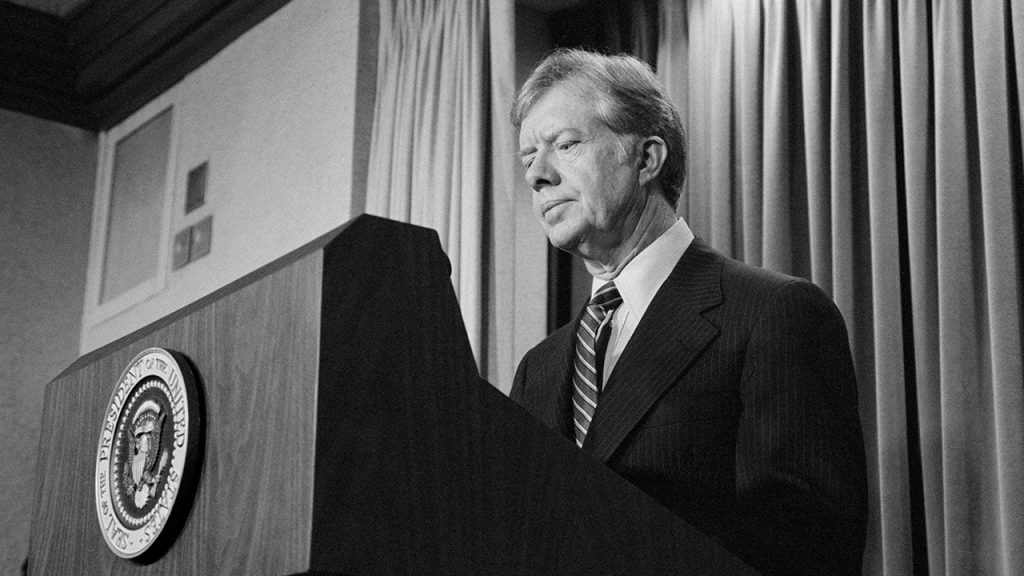The “killer rabbit” incident, a bizarre footnote in the presidency of Jimmy Carter, continues to capture the imagination decades after it occurred. In April 1979, while fishing in his hometown of Plains, Georgia, Carter encountered a swamp rabbit that swam aggressively towards his boat. Though Carter’s own recounting of the event described a rabbit fleeing hounds and simply approaching his boat before being gently deterred with a paddle splash, the story, as relayed by White House Press Secretary Jody Powell to reporter Brooks Jackson, took on a life of its own. Powell’s version painted a picture of a hissing, teeth-gnashing creature intent on boarding the presidential vessel, requiring Carter to fend it off.
This seemingly minor event quickly escalated into a media frenzy. Sensationalized headlines proclaimed a “bunny attack” on the president, with descriptions bordering on the absurd. The New York Times even reported that the rabbit had breached Secret Service security, forcing Carter to “swing for his life.” The image of a president, seemingly under attack by a small, furry creature, became fodder for jokes and political cartoons, further solidifying the narrative of a beleaguered and ineffectual leader. A photograph of the incident, showing Carter splashing water towards the rabbit, only fueled the media’s portrayal of the event.
The timing of the incident coincided with a particularly challenging period in Carter’s presidency. The nation grappled with an energy crisis, economic instability, and the ongoing Iran hostage crisis. Carter’s approval ratings plummeted, reaching some of the lowest points of his term. The “killer rabbit” story, however unintentionally, became a symbol of his perceived weakness and inability to effectively manage the country’s challenges. The rabbit, in the eyes of many, became a metaphor for the problems plaguing his administration.
While initially intending for the story to be a humorous anecdote, Powell later expressed deep regret over sharing it with the press. He recognized the role it played in shaping the negative perception of Carter’s presidency, portraying him as vulnerable and even comical in the face of a seemingly insignificant threat. The “killer rabbit” narrative became another weapon used by critics to undermine Carter’s authority and credibility. Powell, in his memoir, described the episode as a “nightmare,” lamenting his failure to foresee the potential damage it could cause. He felt responsible for contributing to the caricature of Carter as a weak and ineffective leader.
The incident stands as a stark reminder of the power of narrative and the media’s ability to shape public perception. What began as a curious encounter with a wild animal transformed into a potent symbol of presidential weakness. The “killer rabbit” story, though ultimately harmless in its essence, became inextricably linked with the challenges of Carter’s presidency, overshadowing his genuine efforts to address complex national and international issues. It serves as a cautionary tale about the unpredictable nature of media narratives and their potential to influence political discourse.
In the years following his presidency, Carter dedicated himself to humanitarian work, earning widespread recognition for his efforts in promoting peace and human rights. He was awarded the Nobel Peace Prize in 2002. The “killer rabbit” incident, though a memorable and somewhat embarrassing episode in his life, ultimately became a minor anecdote in a long and impactful life dedicated to public service. Carter’s passing at the age of 100 prompted reflections not only on this quirky incident but also on his significant contributions to both American politics and global humanitarianism.

